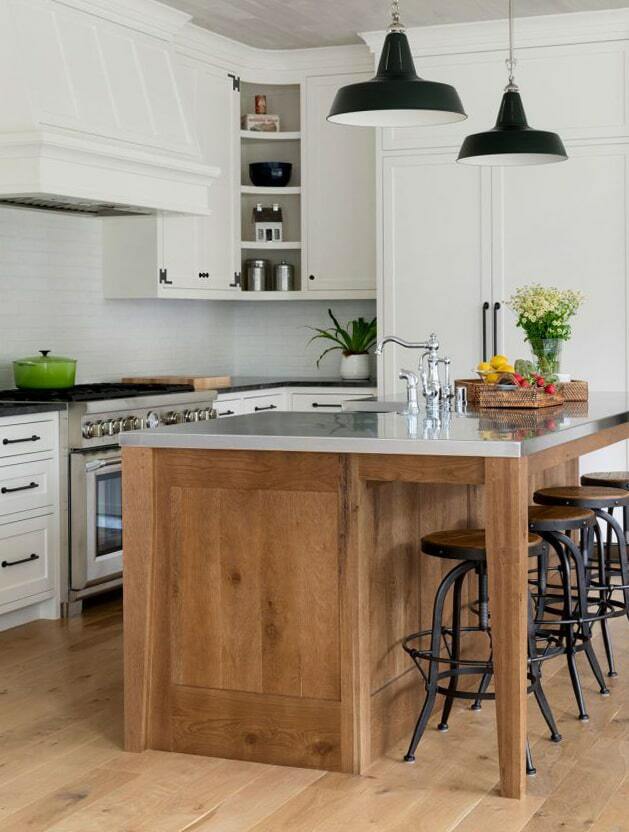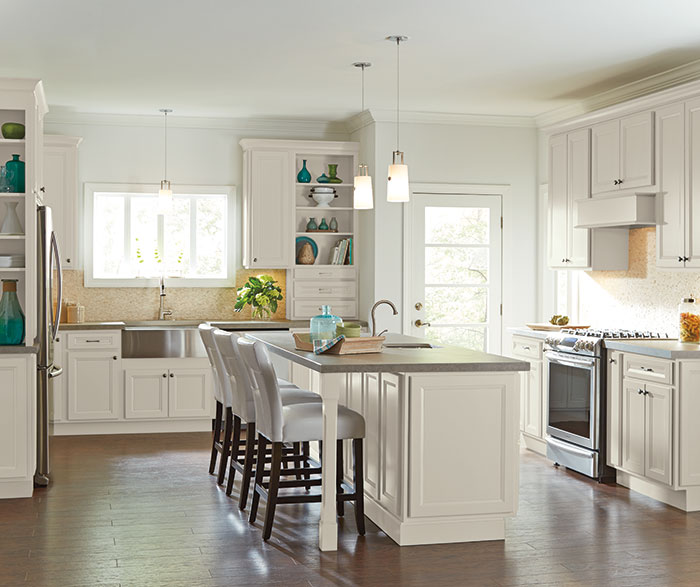Trendy Kitchen Island Leg Concepts to Boost Your Kitchen Design
Trendy Kitchen Island Leg Concepts to Boost Your Kitchen Design
Blog Article
The Relevance of a Sturdy Kitchen Island Leg in Developing a Useful Food Preparation Location
A sturdy kitchen island leg acts as an essential component in establishing a useful food preparation setting, providing needed support for both the kitchen counter and various kitchen area activities. The security it provides can considerably decrease the danger of crashes in high-traffic locations, while likewise adding to the general visual coherence of the area. As cooking areas develop into multifunctional areas for food preparation, dining, and mingling, the selection of products and layout considerations for island legs becomes increasingly crucial. Understanding these components can change your cooking area into a more secure and more reliable location, motivating additional exploration right into the most effective choices offered.
Benefits of Sturdy Island Legs
Supplying essential assistance, tough cooking area island legs play a pivotal duty in improving the performance and sturdiness of cooking area islands - kitchen island leg. These legs not only bear the weight of the countertop and any kind of additional products positioned on the island, but likewise contribute to the total stability of the structure. A well-supported kitchen island ensures that it stays upright and functional, even under heavy use, which is particularly vital in active kitchen area atmospheres
In addition, tough island legs can boost the aesthetic allure of the kitchen area. They offer a solid framework that can complement numerous layout styles, from modern to traditional. This adaptability allows property owners to customize their kitchen area islands according to individual preference while ensuring that the architectural stability remains uncompromised.
In enhancement to their encouraging duty, robust kitchen area island legs can additionally enhance security. Ultimately, investing in durable cooking area island legs is crucial for a useful and aesthetically pleasing cooking area.
Materials for Kitchen Area Island Legs
When picking materials for kitchen island legs, resilience and aesthetic charm are important aspects to consider,. The most common materials include hardwood, metal, and crafted timber, each offering distinct benefits.
Wood, such as maple, cherry, or oak, is a classic selection as a result of its toughness and classic charm (kitchen island leg). It can stand up to significant weight and is resistant to put on, making it ideal for high-use kitchen settings. Furthermore, wood can be stained or painted to enhance numerous kitchen area styles
Metal legs, commonly crafted from stainless-steel or wrought iron, offer a industrial and modern-day appearance. They are unbelievably solid and can sustain considerable tons while being immune to dampness and warmth, which is beneficial in a cooking area. Metal legs can likewise be conveniently cleaned up, boosting their practicality.

Design Considerations for Stability
The option of products for kitchen island legs straight affects the design considerations for security. When making a kitchen island, it is extremely important to assess the weight-bearing capacity of the chosen materials. Heavier products, such as strong timber or metal, commonly give higher security, especially under the stress and anxiety of daily usage.
In addition, the leg layout need to incorporate appropriate geometry to enhance stability. A larger base increases the assistance location, minimizing the risk of tipping or tottering. Consideration must also be provided to the elevation of the legs; out of proportion leg sizes can bring about inequality, compromising the total security of the island.
In addition, the circulation of weight across the island is critical. Making sure that the leg positioning lines up with the heaviest components, such as home appliances and counter tops, will better improve stability.
Maintenance Tips for Longevity

Cleaning up is another critical aspect of maintenance. Depending on the material of the legs-- whether wood, steel, or composite-- ideal cleaning techniques need to be utilized. For wooden legs, a mild wipe with a wet fabric and an ideal wood cleaner will aid protect their surface. Steel legs might require a light gloss to stop corrosion and preserve their gloss.
If the kitchen area island experiences hefty usage, consider reinforcing the legs with extra brackets or sustains to boost resilience. By adhering to these upkeep pointers, homeowners can ensure their kitchen area island legs remain functional and durable for years to come.
Choosing the Right Leg Design
Regular upkeep guarantees that useful content kitchen island legs remain tough and functional, however selecting the right leg design is similarly essential for both aesthetic appeals and support. The option of leg style can substantially influence the overall design and consistency of your kitchen area.

Capability is an additional important aspect. Thicker legs or those with a strong base can support heavier counter tops and equipment, improving the island's energy. Conversely, slim legs may develop a ventilated appearance, suitable for lighter layouts but possibly less encouraging.
Conclusion
In recap, the significance of tough kitchen area island legs can not be overemphasized in the development of a practical food preparation location. These legs offer crucial assistance, enhance stability, and add to the general aesthetic of the kitchen area.
A strong kitchen area island leg serves as an essential element in establishing a functional food preparation environment, providing essential assistance for both the kitchen counter and numerous kitchen area tasks.Supplying crucial assistance, tough kitchen area island legs play a crucial function in enhancing the capability and sturdiness of kitchen area islands. Eventually, investing in strong kitchen area island legs is vital for a functional and visually pleasing cooking location.
Consideration needs to additionally be provided to the elevation of the legs; out navigate to this website of proportion leg sizes can lead to discrepancy, compromising the overall security of the island.
Wood legs supply heat and a classic appearance, while steel legs use a commercial and modern-day feel.
Report this page